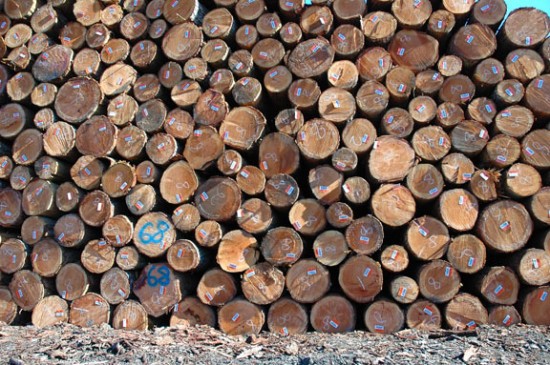
How can architects, developers and builders know for sure that lumber for building their projects comes from sustainably managed forests? Sustainability is defined internationally as: meeting the needs of the present generation without compromising that ability for future generations. Translated to forestry, sustainability strives to balance the interdependent and sometimes competing interests of the environmental, economic and social benefits that forests provide. That means harvest sites must be replanted, and that other assets of the forest— soil and water quality, fish and wildlife habitat, and recreation opportunity, among them—must be protected.
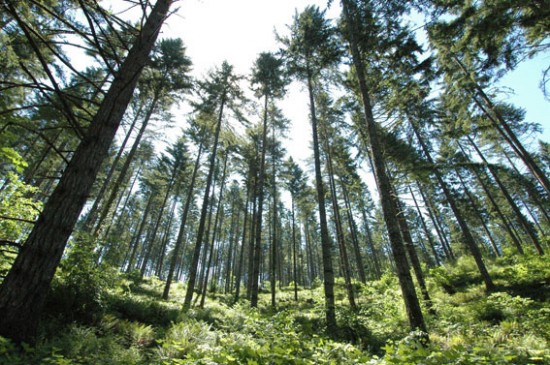
An ideal way to ensure that wood is harvested in an environmentally and socially responsible manner is to choose wood from a state with strong forest practice laws, like the West Coast states of California, Oregon and Washington. Tough standards and regulatory oversight offer assurance that comprehensive rules are followed and enforced. While other states may follow best management practices, their guidelines are not codified into law. And wood from international sources may have even far less environmental protection.

Oregon’s example led the way. In 1971, it became the first state to enact a comprehensive law governing forest practices and safeguarding future forest resources. The Oregon Forest Practices Act has been updated periodically to keep pace with scientific findings. Key regulated practices include:
- Landowners must replant the forest within two years after harvest.
- Within six years, the harvest site must regenerate into a healthy stand of trees that can outgrow competing brush.
- Live trees, snags and fallen logs must be left after harvest to provide wildlife habitat.
- A buffer of trees must be left alongside fish-bearing streams and those that provide drinking water to ensure cool, clean water.
- Timber harvesting, road building and using herbicides are restricted close to streams to protect fish and drinking water.
- Except when approved under special conditions, a clearcut cannot exceed 120 acres.
- A host of other laws govern road construction, bridge and culvert placement, public safety, stream enhancement and wildlife protection.
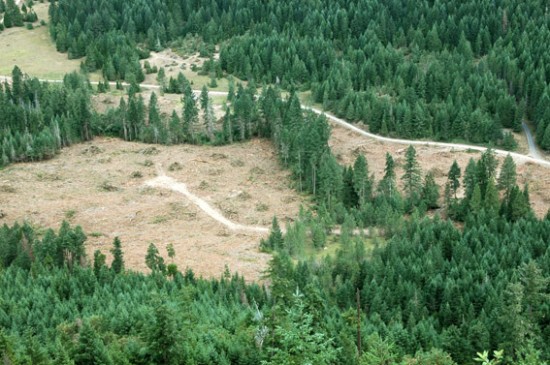
Once trees are harvested, how green is the next stage? Oregon’s manufacturing sector made early investments in technology for making raw logs into finished lumber. Timber is processed in high-tech, low-waste mills where lasers scan logs in three dimensions, computers decide the maximum number of boards, and every inch of log, down to the chips and sawdust, is put to use. Many mills generate their own electrical energy from these wood by-products.
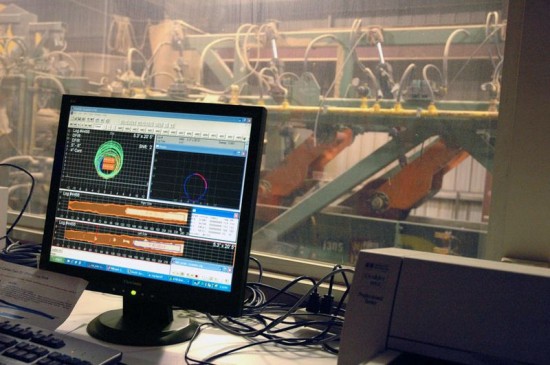
How far must the wood be shipped to reach your project? The United States imports some one-third of its wood supply, mainly from Canada. It takes large amounts of fossil fuels to transport wood, and thus local sourcing is another factor of sustainability. Wood harvested within a 500-mile radius is the standard for defining “local.” With 30.4 million acres of forestlands, Oregon has an abundance of wood, and a 500-mile radius circle drawn around either Seattle or San Francisco includes most of Oregon.

Using wood offers many sustainability benefits. Besides adding strength to a structure, and beauty both inside and out, wood is a renewable, reusable and recyclable resource. Wood requires less energy and water to produce than residential construction alternatives such as concrete, steel and plastic. Trees remove carbon dioxide from the atmosphere, and finished wood products store carbon. A long-term forest management policy aimed at maintaining or increasing forest stocks, while producing an annual sustained yield of timber, can generate significant green house gas mitigation benefits.
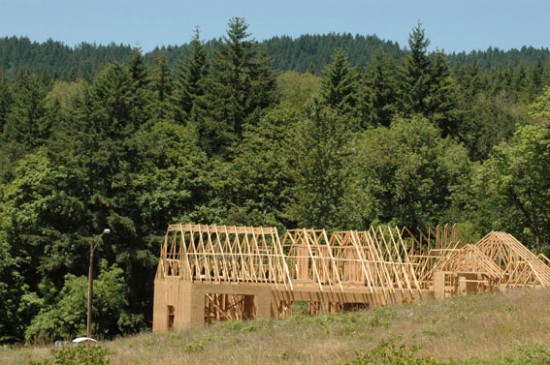
As an extra measure of assurance, some architects, developers and builders specify that wood products are certified by an independent third party as coming from sustainable forests. Among some 40 different certification programs worldwide, the three largest systems in the United States are the Sustainable Forestry Initiative, the Forest Stewardship Council and the American Tree Farm System. Competition and best practices have caused many of the key elements of these systems to become quite similar.

How green is your building’s wood? Green comes in many shades. But architects, developers and builders can feel assured of sustainability using wood products that are locally grown and manufactured, and that are grown in states with stringent and comprehensive laws that govern the practice of forestry.


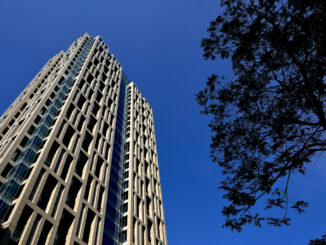


Be the first to comment